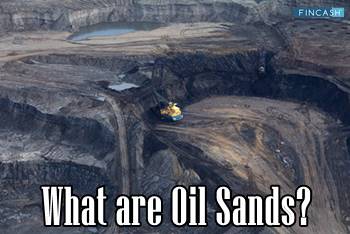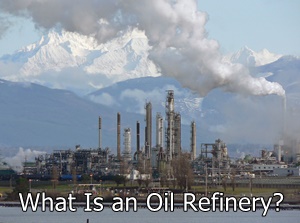
Defining Oil Initially in Place (OIIP)
Oil Initially in Place (OIIP) is the crude oil amount that is first estimated to keep in the reservoir. OIIP is different from Oil Reserves as this one refers to the total amount of oil that is possible in the reservoir and not the oil amount that can be recovered.

Calculating OIIP needs engineers to comprehend how absorbent the rock that surrounds the oil is, how high could be the level of water saturation and the net rock volume of the reservoir. The numbers for these factors get established by executing a series of test drills across the reservoir.
Explaining Oil Initially in Place
More simply, oil initially in place is known as Oil in Place (OIP). It is also regarded as a few other variations. Stock Tank Oil Initially in Place (STOIIP) is the similar volumetric calculation that is used to make clear that the estimated volume is the volume that extracted oil has filled at the surface pressure and temperature instead of the compressed volume that the crude oil fills in the reservoir because of the geological pressure.
Original Gas in Place (OGIP) is also a similar volumetric calculation; however, it is for natural gas reservoirs. Lastly, Hydrocarbons Initially in Place (HCIIP) is one such generic term that can be used for both gas and oil while conducting a volumetric calculation to assess the contents of a possible drill site.
Talk to our investment specialist
How Important is Oil Initially in Place?
Comprehending Oil Initially in Place is one of the significant components that is referred to by analysts who determine the Oil Field development Economics. The OIIP signifies toward the likelihood of a reservoir. This is an essential data point; however, it is merely the beginning of an evaluation before the decision to sit or drill on a Lease is made. OIIP provides an oil company with an estimate of the number of barrels available under a variety of leases.
If all of the OIIP is recoverable, the oil companies will only have to begin from their biggest reservoir and work toward the smallest one while trying hard to keep the drilling costs fixed all along the way. In reality, just a part of the OIIP will be recovered, and features of the formation will affect the drilling costs. Thus, evaluating the OIIP is the trigger for additional analysis of how much the OIIP will be recoverable with the latest technology.
All efforts have been made to ensure the information provided here is accurate. However, no guarantees are made regarding correctness of data. Please verify with scheme information document before making any investment.












